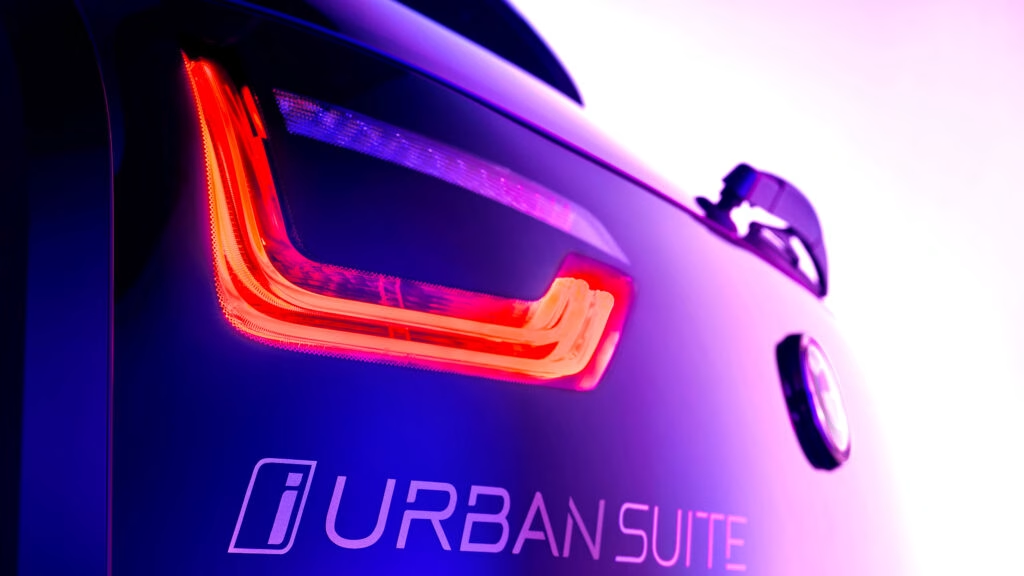BMW is making waves in the automotive world again, and this time, it’s all about range-extended electric vehicles (EVs). After discontinuing the i3 REx, many thought the concept was dead, but BMW is bringing it back with a twist. Let’s dive into what this means for the future of driving, especially for those who are hesitant about fully committing to electric vehicles.
What’s the Buzz About Range-Extended EVs?
Range-extended EVs are designed to alleviate one of the biggest concerns for potential electric vehicle buyers: range anxiety. These vehicles combine electric power with a small gasoline engine that kicks in when the battery runs low, effectively extending the driving range. This hybrid approach has gained traction, particularly in markets like China, where sales of these vehicles have surged nearly 50%.
BMW’s upcoming iX5 is set to be a game-changer, potentially offering a staggering 621 miles of range. That’s a significant leap, especially for those who might be skeptical about making the switch to electric. The iX5 REx could be the first of many models to feature this innovative powertrain, showcasing BMW’s commitment to providing versatile options for its customers.
Why Did BMW Change Its Tune?
In a landscape where many automakers have rushed to go fully electric, BMW seems to have struck a balance. Chairman Oliver Zipse recently noted that the company has the right products at the right time, with nearly one in five vehicles sold being fully electric. However, they haven’t abandoned traditional powertrains entirely. This strategic mix of gasoline, diesel, plug-in hybrids, and electric vehicles caters to a broader audience, ensuring that they meet diverse consumer needs.
The shift back to range-extended models isn’t just a whim; it reflects a deeper understanding of market dynamics and consumer preferences. As more people express interest in electric vehicles but remain concerned about charging infrastructure and range, BMW is stepping up to fill that gap.
What’s Next for BMW and Range-Extended Vehicles?
Looking ahead, BMW is not just stopping at the iX5. The company has plans for a hydrogen fuel cell vehicle by 2028, indicating a willingness to explore multiple avenues of sustainable transportation. But the immediate focus seems to be on the iX5 REx, which is rumored to arrive as early as 2026. This model could cater to various markets, including China, Europe, and North America, where demand for versatile powertrains is on the rise.
Interestingly, BMW isn’t alone in this resurgence of range-extended vehicles. Other manufacturers are also exploring similar options. For instance, Ram introduced the 1500 Ramcharger, and Ford’s CEO has expressed enthusiasm for range-extended models. Even Jeep is rumored to be working on a range-extended version of the Wagoneer. This trend suggests that the automotive industry is recognizing the value of flexibility in powertrains, especially as consumers navigate their transition to electric mobility.
What Should You Take Away From This?
The big takeaway? Range-extended vehicles are making a comeback, and they’re not just a fallback option for those wary of fully electric cars. They represent a thoughtful approach to addressing consumer concerns while still pushing the envelope on sustainability. If you’re considering an electric vehicle but are hesitant about the limitations, keep an eye on the iX5 REx and similar models. They might just offer the perfect blend of convenience and eco-friendliness.
So, whether you’re a die-hard EV enthusiast or someone still on the fence, the evolving landscape of range-extended vehicles is worth watching. Start with one change this week, and you’ll likely spot the difference by month’s end.

